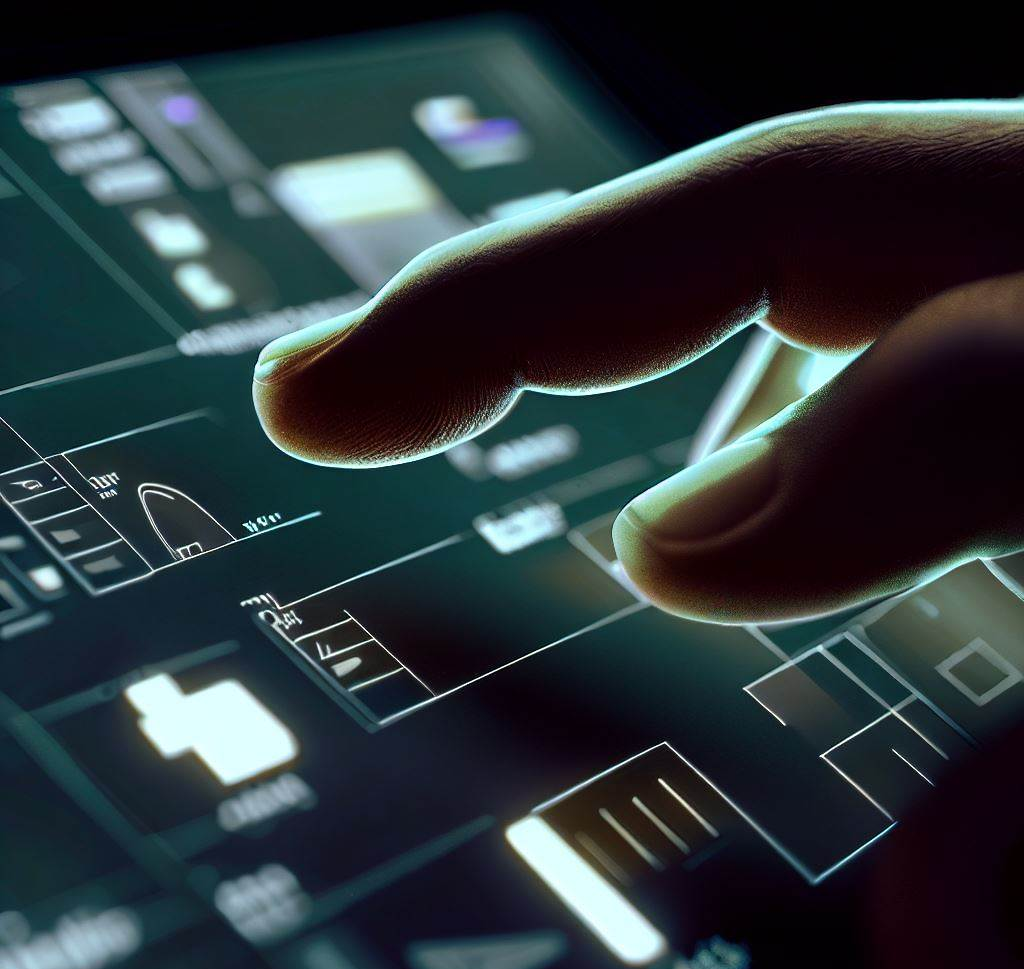Starting Guide
Types of Controls in Windows GUI
Controls in Windows GUI

What is a "control"?
In the context of Windows Graphical User Interface (GUI), controls are fundamental building blocks that are used to interact with the application. They are also known as "child windows" as they are typically contained within a parent window, which is the main application window.
Controls are used to perform various functions and to control the behavior of the application. They can accept user input, display text or images, or perform actions in response to user interactions.
Here are some of the common types of controls available in Windows GUI:
Buttons: Buttons are perhaps the most basic type of control. They are used to initiate actions when clicked.
Text Boxes: Text boxes are used to accept input from the user. They can be used to enter a single line of text, like a search box, or multiple lines of text, like a text editor.
Labels: Labels are used to display static text on the screen. They are often used to describe other controls or provide instructions to the user.
Check Boxes and Radio Buttons: Check boxes allow the user to select multiple options from a set, while radio buttons allow the user to select a single option from a set.
Drop-Down Lists and Combo Boxes: These controls allow the user to select an option from a predefined list. A combo box also allows the user to enter a custom value.
Sliders and Progress Bars: Sliders allow the user to select a value from a range by moving a slider thumb along a track. Progress bars are used to display the progress of a long-running operation.
List Boxes and List Views: These controls display a list of items to the user. The user can select one or more items from the list.
Tree Views and Grid Views: These controls are used to display hierarchical or tabular data.
Menus and Toolbars: Menus provide a way to organize commands in an application. Toolbars provide quick access to commonly used commands.
Each of these controls has its own properties, methods, and events that allow you to customize its appearance and behavior. The choice of control depends on the specific requirements of your application.

Is Automation Limited to Controls?
Certainly not. In addition to automating controls, we can also identify "GUI elements" using Web/Browser Accessibility Technology.
Moreover, with the advent of new pattern recognition capabilities, we can automate interactions with all types of GUI elements.
Given the trend in modern software development to move away from traditional controls, it's increasingly likely that you'll need to familiarize yourself with these other technologies.
They offer a broader scope for automation and can significantly enhance the functionality and user experience of your software.
The most commonly used types of controls are:
1.Button Control
2.Checkmark Control
3.Combo Box/Dropdown List Control
4.Dialog Box Control
5.Edit/Textbox Control
6.Grid View Control
7.Label Control
8.Listbox Control
9.Menu Control
10.Page-Tab Control
11.Progress Bar Control
12.Radio Button (Option) Control
13.Scroll Bar Control
14.Slider Control
15.Spinner Control
16.Status Bar Control
17.Toolbar Control
18.Tooltip Control
19.Treeview Control
20.Window Frame Control
In the following chapters we will take a closer look on some of these.